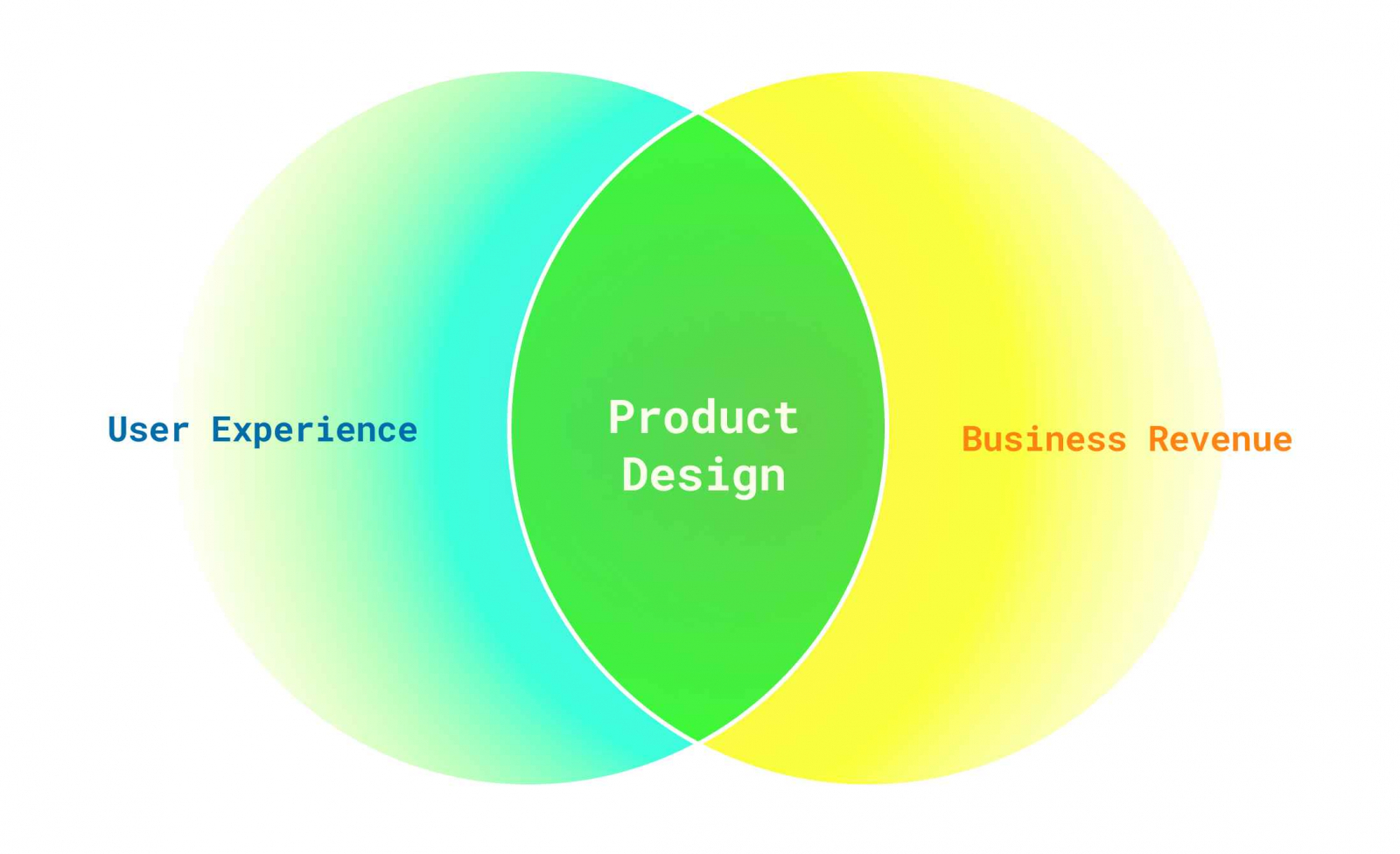Innovation is the driving force behind the creation of a better future. Although some people are gifted with a way of fluid thinking that frees them from mental constraints when designing, everyone is capable of coming up with innovative designs. Working as a product designer who is especially passionate about working on new concepts or projects for the past ten years, my experience has illustrated time and time again that with a few basic tactics, anyone can open up their minds and increase their chances of developing new, thoughtful creations.
Planning is Critical for Any New Idea
It’s important to remember that a new idea does not have to be something that has never been seen before; it can be a creative take on something that exists, a way to make a current product more efficient, or an entirely new concept. The biggest mistake I see product designers and other conceptual thinkers make is only considering the creation or execution aspect of design, forgetting the importance of planning for a new idea.
To me, the process of putting together a plan to make a creation is the most important step. Every good plan should include:
- Understanding: What is your “why for this project? Who are you designing it for? What already exists in this space that you can learn from?
- Strategy: How and in what ways can you stand out from your competitors?
- Execution: Putting your plan into motion, designing, and building a new product that is ready to enter testing.
Because you gain a complete understanding of the landscape you’re dealing with during planning, it’s the ideal time to consider how to differentiate yourself from others, and this is where new ideas frequently emerge. Therefore, new ideas can be existing solutions for other industries that you use differently in your own designs, or you have a unique way to edit and reuse many methods to form a unique and customized approach for your own project or organization.
Helpful Ways to Come Up with New Ideas
- Focus on the End Goal and the Target Audience
One common complaint I often hear from designers is that they feel restricted by their own minds and struggle to mentally get away from things they have created in their past experiences. One question I frequently ask them is, “What is your ultimate goal with your design?” They can’t always give me a concise answer, and they often just answer because they want to make the design “unique and cool.” This thinking is a trap for designers, causing them to fall out of touch with the “why” of their product, and greatly decreasing its chances of success.
Cool is highly subjective; design is about effective communication and you will never land a “cool” design with 100% satisfaction. If designers cannot justify the value of their product, they won’t get very far with it. Using a subjective qualifier such as “cool” will leave you wading through a flood of different opinions and communication challenges in the long run.
As a result, it’s critical to always understand what you’re solving for and what makes your project or organization unique, then you can deliver that mission message to your audience in order to build universal consensus. Understanding the project goal is the first step in broadening your ideas.
For example, suppose your task is to create a landing page for a new skincare brand. The mission of the new company is to provide a simple and scientific approach to skincare. The target demographic is anyone aged 20 to 35. You can be inventive with this basic information. New ideas could center on simplicity; for example, your landing page could depict a person’s daily routine, from morning to night, and how he or she uses the product. As your target audience is young, the landing page could be a scientific lab with gaming experience. As you can see, you now have two distinct concepts that differ from traditional e-commerce websites that are primarily focused on product marketing. The two concepts are linked to the goal and audience, which makes them unique to the brand.
2. Collaborate with People Outside Your Niche
Stepping away from what I’m working on and seeking insights from others is very helpful, whether you work in a large organization or for yourself. I regularly participate in other design provocation sprints and am constantly in discussions with other team leaders about the vision for projects other than advertising. Surprising connections are frequently discovered. When I learn new things, ideas flow naturally, either adding new perspectives to existing solutions or spawning entirely new ones.
Make an effort to think big. I hope to frame my vision in a way that appeals to others by thinking beyond my role and collecting data and insights from various functions. I am not limited by my job function or the resources that I currently have. Having a clear direction and goal motivates others to support and implement my ideas.
3. Build a routine
Build a daily routine to study and analyze what you like and why. By showing up every day, your pool of ideas expands. That gives you better chance to find new approaches to solve the problem.
Instead of following trends, read trends. The goal is to decipher the codes underlying the trend. Internalize and personalize them. Always sharpen your solution by connecting it to the project’s goal. Every issue is unique. That is why your design solution is novel and distinct.
You are the Center of Innovation
Innovative products can come from anyone; you don’t even have to be an expert in a certain field to learn to think outside the box and address various challenges. If you want to design a new product and are struggling to innovate, step into unique perspectives, collaborate with those around you, and continuously push yourself in different directions. The innovation inspiration is all around you and within you, you just have to learn to tap into it.
Once you’ve found inspiration, spend ample time planning. Understand who your product is serving, what problems it’s solving, and how it’s different from all that has come before it. The better your plan is, the better your product will be.
Invest in Your Process; Product Design Matters
Though it can feel difficult to make the time to innovate, plan, and execute, every step is critical in any organization. A good user experience can increase conversion rates by 400%, so taking the time to design products with the end user in mind will always pay off. In fact, on average, every dollar invested into UX brings back a return of $100. Not only will approaching each new challenge with thoughtfulness reflect well on you as a product designer, but the organization you’re representing will see that thoughtfulness come through in actual dollars. Your role matters more than you were ever led to believe. Don’t ever forget that.







